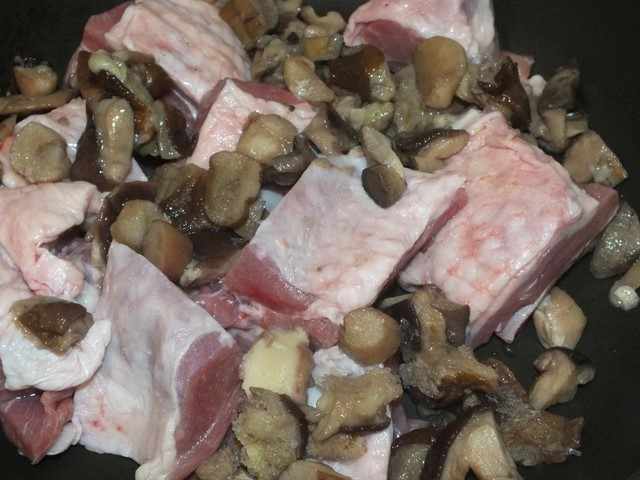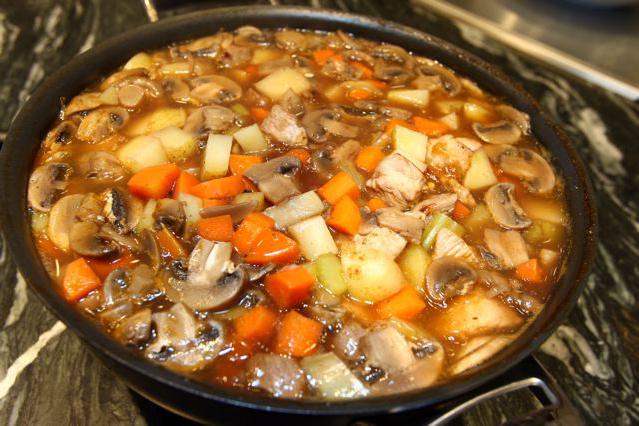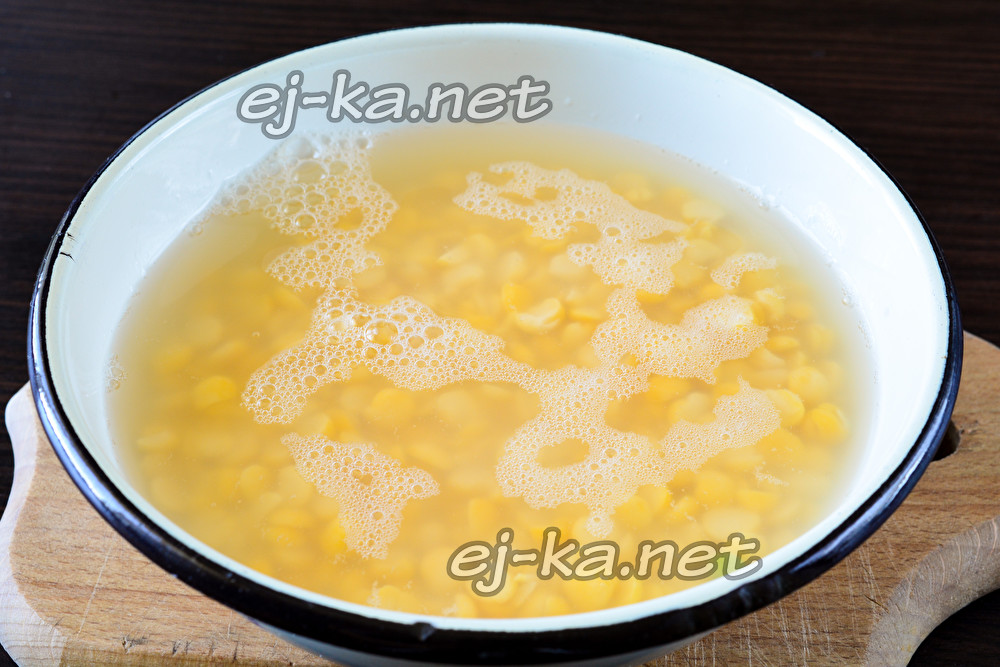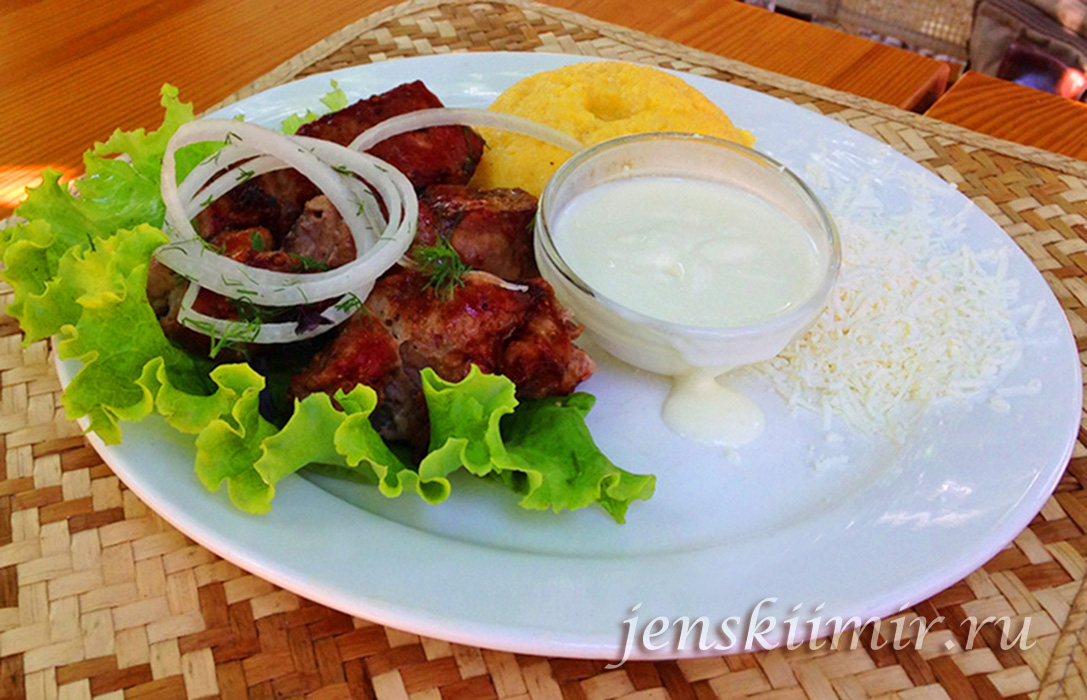What is semolina made of? What cereal is used for semolina
Memories from childhood are often associated with direct eating in the form of semolina. As a rule, for most children, this type of product never caused much delight, and even more, it was associated with unpalatable food. Only as we matured did we begin to understand what the true value of dietary nutrition is. However, the question of what semolina is made of is still unanswered for many to this day. Let's plunge into the fascinating process of research and try to unravel the mystery of this cereal - the object of childish dislike.
Large flour mills and small mills are the places where, thanks to cereal technology, wheat is obtained from white, beige or cream. This is primarily due to the varietal qualities of the grain.
It should be noted that the production of semolina from durum wheat is a more laborious process, since it is due to many factors of a technical and energy nature. The process of making cereal particles from soft varieties is relatively cheaper. At the same time, a combined grinding batch consisting of two different crops will yield an average product, the value of which will be expressed by the percentage of one of the dominant crops.
The process of making semolina is accompanied by a number of important production operations:
- Preparation - processing, cleaning, washing, storage in special bins.
- Wheat goes through the final processing stage before it goes for grinding. It is passed through a variety of machines: strainers, triers, debranders, stone pickers, etc. This can significantly increase the efficiency of grinding in general.
Only when the above technological chain is implemented, the grain is delivered to special machines for shredding and grinding systems.
Description of an important mechanical process

After receiving information about what semolina is made of, you will probably be interested in learning about another intermediate stage of production, and the most important one - grinding. Under the influence of structural elements of roller machines - shafts, which differ in the speed of rotation and the direction of the cutting edges, the grain is crushed.
It is worth noting that it is a coarse product. That is, unlike flour, it does not go through a sufficiently long technological process of processing. Usually, after the second shredding system, a certain fraction of grains is separated by passing through sieves of various diameters, which is the final product - semolina. Subsequently, the endosperm particles are subjected to enrichment. This is a special type of cleaning (one or more cycles), at the stage of which grains of 0.5 mm are separated into a special tank (hopper).
Final production phase

So, now you know what kind of cereal semolina is made from. But before full-fledged cereal particles get into a special workshop for packaging, they need to go through the final and short, but nevertheless important stage - grinding. The fact is that the quality of the final product is determined precisely after it has been subjected to technological processing in the form of a kind of refinement. This will significantly reduce the ash content of semolina, the percentage of fat and the amount of fiber. In other words, semolina will acquire a special value, which will be expressed in the most favorable dietary properties of cereals.
Given the grade of wheat and the complexity of the applied technology, it can be said that the whole production process as a whole depends on such indicators as the quality, terms and conditions of storage of cereals, as well as its cost and some physical parameters associated with cooking and preparing the product.
Three out of one
What semolina is made of - wheat - we are used to seeing on our tables in the form of bread, the assortment of which is quite diverse. Meanwhile, from the dietary cereals, the main one can be distinguished - semolina, the favorable properties of which help people who have undergone surgery. Indeed, in this case, coarse food products are unacceptable and even contraindicated.
Today semolina is presented in three types, in particular T, M and TM brands. However, it is the variety of processed wheat that remains the main indicator of the content of vitamins and other micro- and macroelements in the final product. So, what the mentioned markings can tell us:
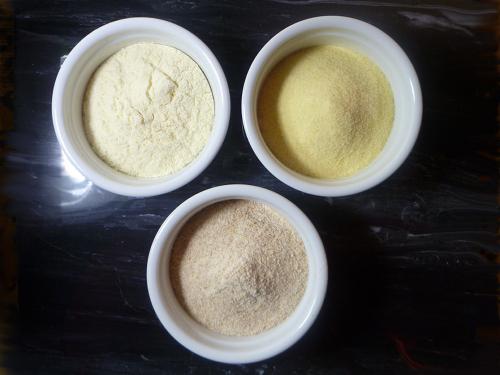
Porridge for Masha
Each housewife must know many ways of preparing dishes from semolina, so unloved by children and at the same time extremely necessary for the body. In turn, some culinary masterpieces require adherence to a certain cooking technology. Therefore, it is quite natural that the types of semolina are not always interchangeable.
For example, solid cereal particles give the porridge friability. It is recommended for small children to cook semolina from soft wheat, because the porridge from this type of cereal turns out to be homogeneous and pleasant to the taste. At the same time, the product released under the “M” brand is quicker to boil and has a significant advantage in volume when compared with dishes made from semolina marked with the “T” symbol.
Do you know?
Porridge is not the only thing that can be prepared from dietary cereals of the described type. The question of what semolina is made of becomes insignificant when it comes to delicious food and how to prepare it.
So, the significance of "manna of the fields" is manifested in the preparation of sweet cakes and puddings. It makes amazingly delicious soups with the addition of various herbs, and everyone's favorite pancakes and casseroles also provide for the use of cereals in the recipe. Sweet mousses and even minced meat patties without a dietary supplement will not be as tasty as with semolina. And an effective method of losing weight, oddly enough, is also associated with the use of this cereal. Of course, the word "measure" in this context is of paramount importance.

By the way, young children should also not be forced to use semolina often, because phytin, which is part of cereals, contains phosphorus, which, in turn, binds calcium salts and prevents them from penetrating into the blood. This often leads to the development of rickets and spasmophilia in children.
Finally
Remember: everything should be in moderation. Well, if the child really constantly objects to eating healthy semolina, well, it is worth revising the recipe or providing for a slightly different form of presentation. Bon appetit and good health!




